Dino Ferrari was an Italian painter. He was born and died in Ascoli Piceno.
Gianfranco Goberti was an Italian painter.

Guido Marzulli is a figurative Italian painter.
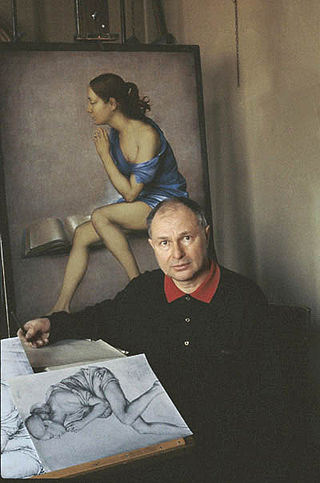
Mario Donizetti is an Italian painter and essayist from Bergamo, Lombardy.
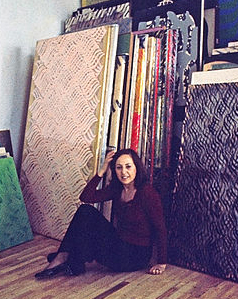
Carla Accardi was an Italian abstract painter associated with the Arte Informale and Arte Povera movements, and a founding member of the Italian art groups Forma (1947) and Continuità (1961).
Antonio Bueno was an Italian painter of Spanish origin, who acquired Italian citizenship in 1970. He was born in Berlin while his journalist father was posted there by the newspaper ABC of Madrid.
Sergio Zanni is an Italian painter and sculptor. After obtaining the Diploma at the Institute of Arts 'Dosso Dossi' in Ferrara, Italy, he graduated from the Academy of Arts in Bologna. He taught in the Institute of Arts 'Dosso Dossi' until 1995. For his research in sculpturing he utilized backed clay and, successively, lighter material for sculptures of large dimensions.
Marina Apollonio is an Italian painter and optical artist. She lives and works in Padua.
Giuseppe Veneziano is an Italian painter and one of the leading figures of Italian art groups "New Pop" and "Italian Newbrow".
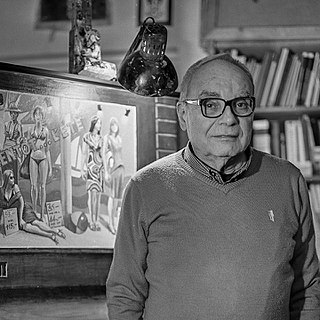
Sergio Ceccotti is an Italian painter. He lives and works in Rome.

Enrico Crispolti was an Italian art critic, curator and art historian. From 1984 to 2005, he was professor of history of contemporary art at the Università degli Studi di Siena, and director of the school of specialisation in art history. He previously taught at the Accademia di Belle Arti in Rome (1966–1973) and at the Università degli Studi di Salerno (1973–1984). He was author of the catalogues raisonnés of the works of Enrico Baj, Lucio Fontana and Renato Guttuso. He died in Rome on 8 December 2018.
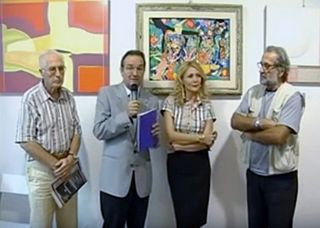
Mauro Marrucci was an Italian artist born in Volterra, Italy on December 18, 1937, by artisans parents and he died November 15, 2014, in Grosseto. Since 1950 he is acting as the Alabaster craftsman and wood and began his artistic research, released by academic schemes, as a graphic designer and painter and makes experiences in the field of sculpture. In 1861 he won first teaching assignment in Tuscany where he continues to practice as a graphic designer, painter and designer. Since 1973, public writings of artistic teaching and non-fiction. In December 1974 on Public Education of drawing the essay "The educational dialogue through the work of art." He also collaborates with the magazine School and cities. In 1982 he moved to Milan to teach Design and Art History at the XIII High School. In 1986 he held the chair of architecture at the Art School "Pietro Aldi" in Grosseto until retirement. From 1957 to 2011 he took part in demonstrations in graphics and painting in Italy and abroad, receiving reports from the most qualified critics and several awards.

Claudio Kevo Cavallini was an Italian sculptor. His nickname was "Kevo" with which he signed his works. At the age of 50, Claudio discovered that he could make sculptural forms from wood.
Pasquale Verrusio was an Italian painter, sculptor and engraver.
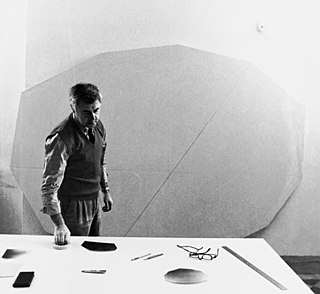
Rodolfo Aricò was an Italian painter and theatre set designer.

Silvio Formichetti is an Italian painter. His work mainly comprises abstract and informal paintings and drawings.
Roberto Montanari was an Italian painter. Known as “El Pintor de Los Toros,” he painted mostly Spanish bulls and landscapes and he was a pupil of Salvador Dalí. He held over 300 exhibitions. In 1970, 1971 and 1972 he exhibited with Pablo Picasso and Salvador Dalì.
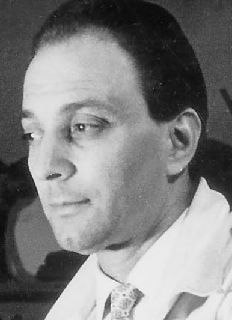
Tristano Alberti was an Italian sculptor. Inspired by Auguste René Rodin, after attending ornate sculptors class at the Alessandro Volta technical institute in Trieste, he choose the same craftsman-like approach in Early Modern Sculpture: Rodin, Degas, Matisse, Brancusi, Picasso, Gonzalez and later, in late 1940s and early 1950s, developed a fully personal style in figuratively representing human and animal-themed chalks and bronzes, possessing a unique ability to model passion, rage and strong emotions. He is known for his sacred art and monuments, and such sculptures as San Sebastiano, Cat, Nazario Sauro and San Giusto. The latter being yearly and awarded as a copy and special prize to prominent people in Trieste.

Antonio Servillo, Italian painter of contemporary art.
Michele Sambin is an Italian theatre director and artist.











